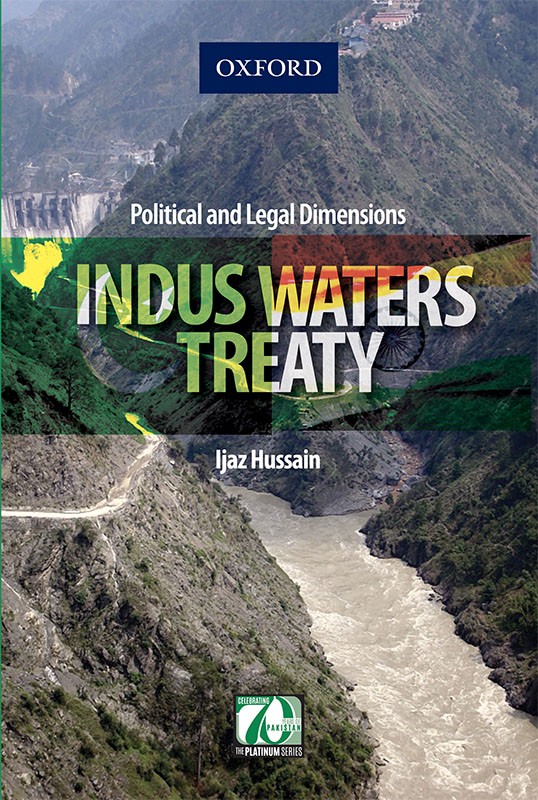Indus Waters Treaty (IWT), signed between India and Pakistan in September 1960 to share water from the Indus Rivers System (IRS), has survived the wars (1965, 1971 and 1999) and all other forms of tensions between them. However, the Treaty and people engaged in making it possible are, till today, being accused of selling out their ‘own’ water to ‘them’ by majority of the scholars on water issues, policy-makers and common people from the two respective riparian countries. Most of such accusations are because of the nature of their political relationship, and have almost no links with water related issues.
Historically, canals were introduced in Punjab in the fourteenth century when Feroz Shah Tuglaq built a canal to draw water from the Jumna River to a hunting estate in Hissar (p. 23). Afterwards, a few more canals were built in Punjab, especially during the Mughal rule in India. Out of them only a few were for agricultural purposes (See Habib 2014).
Interestingly, the British who transformed six million acres of land in Punjab into one of the richest agricultural regions in Asia (Ali 1988 & Talbot 2007) had no prior experience in the field of canal construction. This was because irrigation was not only unnecessary in Great Britain but it was also not in use in North America, South Africa or Australia, which they had colonized before 1849 when they conquered Punjab. But they were familiar with the Egyptian irrigation system which depended on inundation canals. Having decided to build canals, the British imperialists dispatched teams of engineers to Italy, France, Spain, and Northwest Africa to learn about their experience in perennial irrigation. They borrowed irrigation techniques from the Middle East and the Mediterranean countries, and introduced them in India (p. 24).

